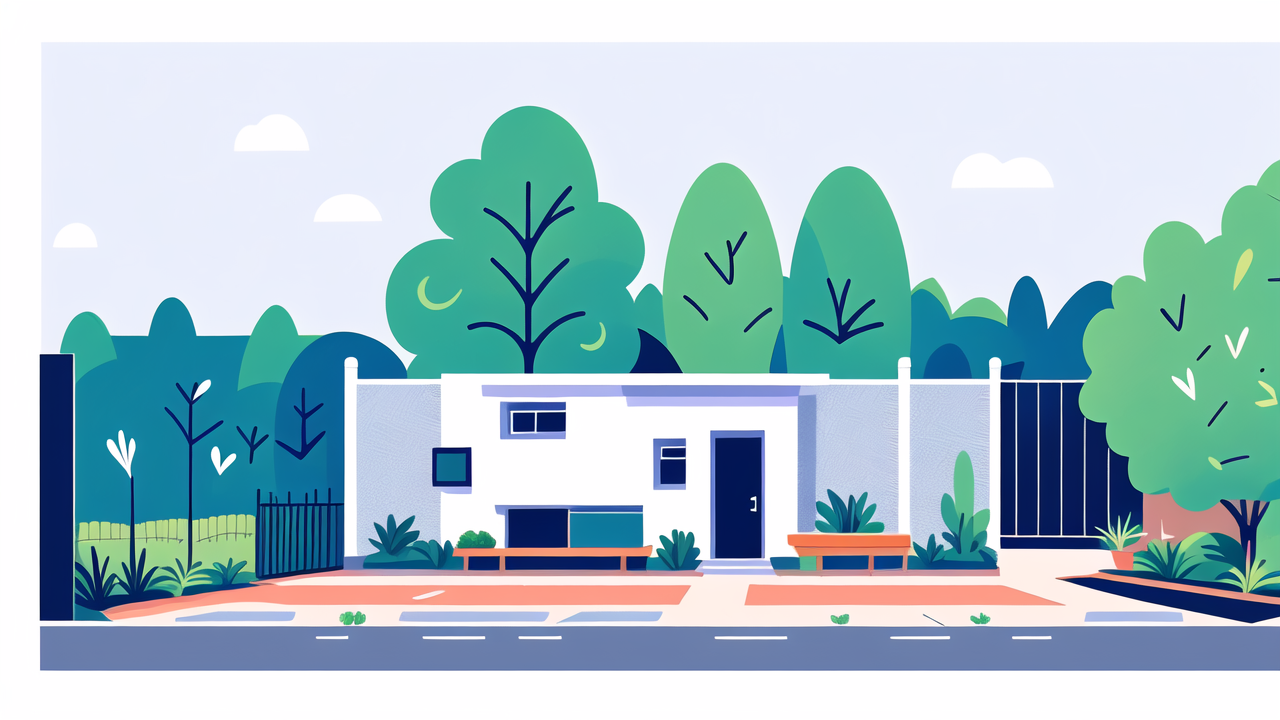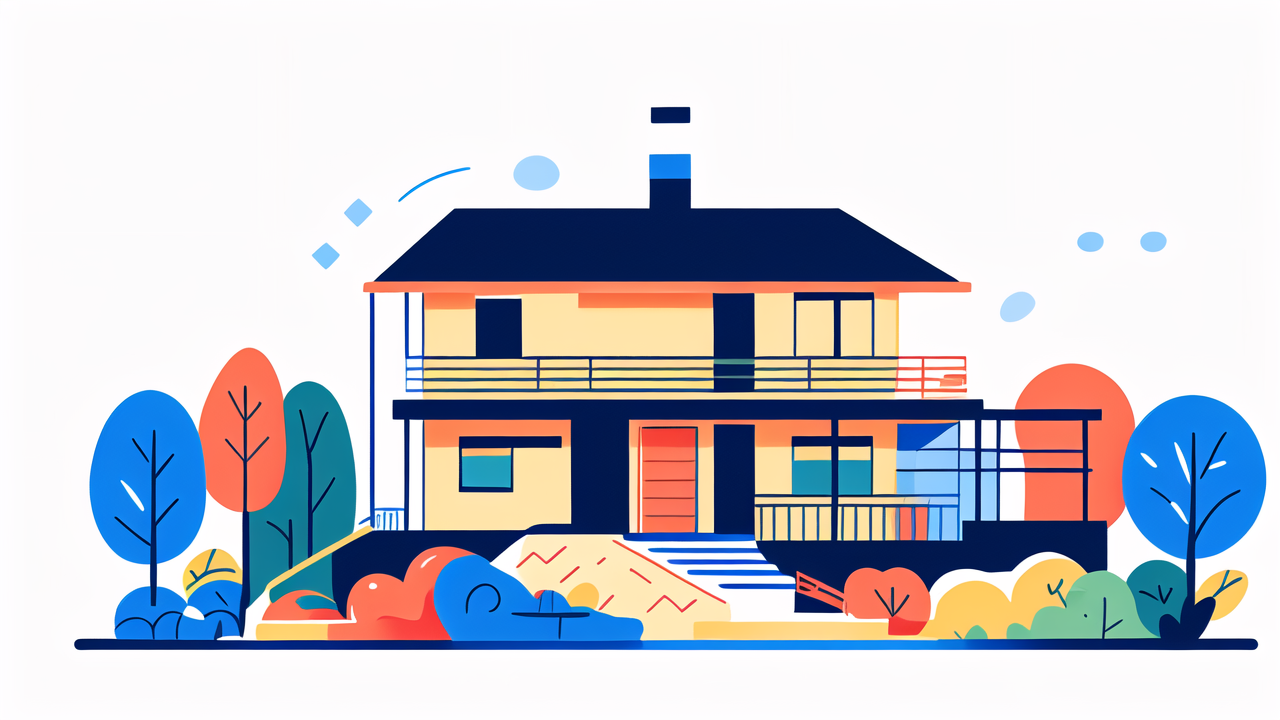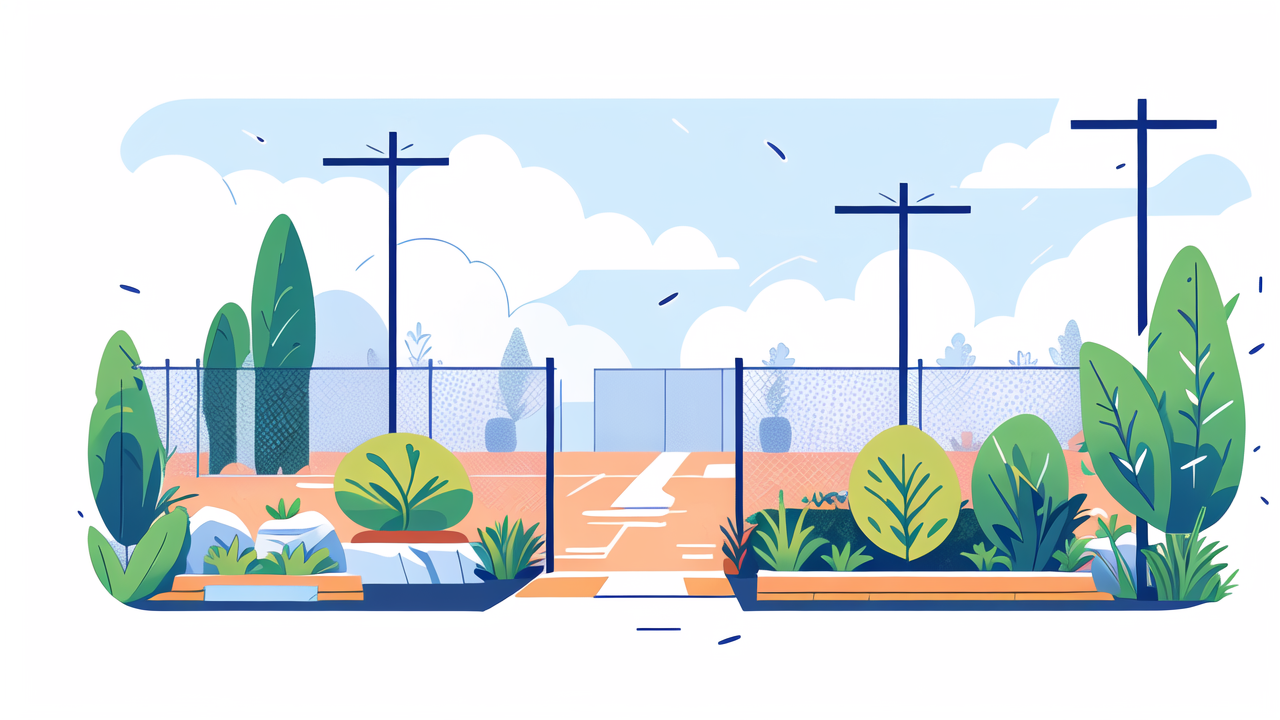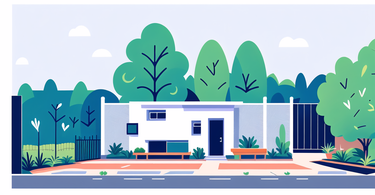Understanding the Impact of Aesthetic Fencing on Property Value
Exploring the Psychology of Visual Appeal
Garden fences play a crucial role in shaping the first impression of a home. They create a visual frame for the property, setting the tone for what lies beyond. A well-designed fence can evoke feelings of security, privacy, and elegance. It can also create a sense of anticipation, piquing curiosity about the garden within.

Color psychology applies to fences too. Warm tones like rich browns or deep reds can create a cozy, inviting atmosphere. Cool tones like grays or blues can give a modern, sophisticated look. The texture of the fence material also affects perception. Smooth surfaces appear sleek and contemporary, while rough textures add rustic charm.
The height and style of a garden fence influence how people perceive a property. Taller fences suggest privacy and exclusivity. Lower fences are more welcoming and community-oriented. Open designs allow glimpses of the garden, creating intrigue. Solid fences provide a blank canvas for landscaping creativity.
The Role of Fencing in Property Staging
When selling a property, first impressions are vital. A well-maintained garden fence can significantly boost curb appeal. It frames the property beautifully, creating a polished look that attracts potential buyers. Real estate agents often recommend updating or adding a fence before listing a home.
Garden fences help define outdoor spaces, making them appear more organized and purposeful. They can create distinct areas within a yard, such as a dining area or a children's play space. This visual organization makes the property feel larger and more valuable. Fences also provide a backdrop for landscaping, allowing plants and flowers to stand out.
For homes with composite decks, integrating a complementary fence can create a cohesive outdoor living space. This seamless transition from deck to garden enhances the overall appeal. It suggests a well-thought-out design and attention to detail, which buyers appreciate. A matching fence can make a composite deck feel like a natural extension of the home.
Case Studies: Before and After Fence Integration
Let's look at a few real-world examples of how garden fences transformed properties:
- The Smith Residence: Before, their yard seemed small and cluttered. After adding a white picket fence, the space looked larger and more inviting. The fence provided a clear boundary and a classic American look.
- The Johnson's Modern Home: Their sleek house lacked warmth. A horizontal wood fence with built-in planters added texture and greenery. It created a perfect balance of contemporary and natural elements.
- The Garcia's Corner Lot: Their exposed yard felt unsafe. A tall privacy fence with an arbor entrance added security and charm. It turned their garden into a secret oasis in the city.
- The Lee's Hillside Property: Erosion was a concern. A terraced fence design not only solved this issue but also created unique planting areas. It transformed a problem into a stunning landscape feature.
These cases show how the right fence can solve problems and enhance beauty. They demonstrate the power of thoughtful fence integration in boosting property appeal and value.
Selecting the Right Garden Fence for Your Composite Deck
Assessing Material and Durability
Choosing the right material for your garden fence is crucial. It should complement your composite deck while offering durability. Popular options include:

- Vinyl: Low maintenance and resistant to rot. It comes in various colors to match your deck.
- Aluminum: Lightweight and rust-resistant. Ideal for modern designs.
- Wood: Classic look that can be stained to match composite decking.
- Composite: Made from similar materials as your deck for a seamless look.
Consider the climate in your area. Some materials fare better in certain conditions. For example, vinyl is great for humid areas, while aluminum works well in dry climates. Wood may require more maintenance but offers a natural look. Composite fencing, like your deck, resists weather damage and requires little upkeep.
Durability is key for long-term satisfaction. Look for warranties and ask about the expected lifespan of different materials. A durable fence will maintain its appearance and structural integrity for years, enhancing your property value over time.
Considering Style and Compatibility with Deck Design
Your garden fence should harmonize with your composite deck and home architecture. Here are some style considerations:
- Color: Choose a fence color that complements or matches your deck.
- Texture: Consider how the fence texture will look next to your deck's surface.
- Pattern: Vertical, horizontal, or lattice patterns can echo elements of your deck design.
- Height: Ensure the fence height balances privacy needs with aesthetic appeal.
For a cohesive look, repeat elements from your deck in your fence design. For example, if your deck has metal railings, consider a fence with similar metal accents. If your deck features curved lines, look for fencing with gentle curves or arches.
Remember, your fence is not just a boundary but a design element. It should enhance your outdoor living space and create a seamless transition from deck to garden. Choose a style that feels like a natural extension of your existing outdoor design.
Navigating Local Regulations and Standards in the United States
Before installing a garden fence, it's essential to understand local regulations. These can vary widely across the United States. Here are some general points to consider:
- Height restrictions: Many areas limit fence height, especially in front yards.
- Setback requirements: Fences may need to be a certain distance from property lines.
- Material restrictions: Some neighborhoods have rules about acceptable fence materials.
- Permit requirements: You may need a permit before installation begins.
Check with your local zoning office or homeowners association for specific rules. They can provide information on what's allowed in your area. Some regions have special requirements for corner lots or fences near public rights-of-way.
Additionally, consider utility line locations before planning your fence. Call your local utility companies to mark underground lines. This step is crucial for safety and avoiding costly mistakes during installation.
Lastly, be aware of your property boundaries. A survey may be necessary to ensure your fence is correctly placed. Following these regulations will help avoid conflicts with neighbors and local authorities.
Installation Strategies for Garden Fences in Composite Deck Projects
Best Practices for Preparing the Ground and Installation
Proper preparation is key to a successful garden fence installation. Here are some best practices:

- Clear the area: Remove any obstacles, including plants or debris.
- Mark the fence line: Use stakes and string to outline where the fence will go.
- Check for level ground: Use a transit level to identify any slopes or uneven areas.
- Dig post holes: Ensure they're deep enough for stability, usually about 1/3 the post height.
- Set posts in concrete: This provides a strong foundation for your fence.
When integrating with a composite deck, consider these tips:
- Align fence posts with deck post locations for a cohesive look.
- Use similar hardware or fasteners to those used on your deck.
- Ensure proper spacing between the fence and deck for maintenance access.
During installation, regularly check for plumb and level. This ensures your fence looks straight and professional. Take your time with each step to avoid costly mistakes or future stability issues.
Integrating Technology: Smart Fences and IoT
Modern garden fences can do more than just look good. Smart technology is changing how we think about fencing. Here are some innovative options:
- Solar-powered lighting: Integrated lights can illuminate your garden at night.
- Security sensors: Detect movement and alert you to potential intruders.
- Automated gates: Open and close with your smartphone or a key fob.
- Weather-resistant speakers: Enjoy music in your outdoor space.
These technologies can seamlessly blend with your composite deck design. For example, smart lighting can be programmed to match your deck's ambiance. Security features can extend to cover both your fence and deck area.
Consider how these smart features might enhance your outdoor living experience. They can add convenience, security, and a touch of luxury to your garden space. However, ensure any tech additions are weather-resistant and compatible with your existing smart home systems.
Maintenance and Upkeep: Ensuring Longevity of Your Garden Fence
Proper maintenance is crucial for keeping your garden fence looking great. Here are some tips:
- Regular cleaning: Wash your fence annually with appropriate cleaners.
- Inspect for damage: Check for loose boards, rust, or rot regularly.
- Touch up paint or stain: This keeps your fence looking fresh and protects the material.
- Trim nearby plants: Prevent vines or branches from damaging the fence.
For composite fences, maintenance is typically minimal. A simple wash with soap and water often suffices. However, check the manufacturer's guidelines for specific care instructions.
Wood fences may require more attention. They might need resealing or restaining every few years. Metal fences should be checked for rust and treated promptly if found.
Remember, a well-maintained fence not only looks better but also lasts longer. This protects your investment and keeps your property looking its best. Regular upkeep also prevents small issues from becoming costly repairs down the line.
